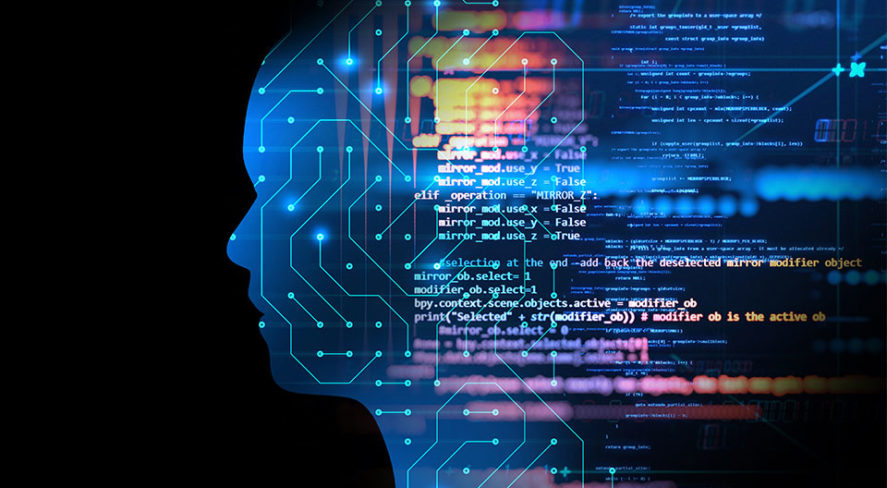Machine Learning, Artificial Neural Networks & Deep Learning in the Security Industry

The speed of development of artificial intelligence (AI) has aided its adoption in several industries,
and the physical security market is increasingly looking to adopt AI applications, particularly in the case of deep learning algorithms in the video surveillance market.
AI in Physical Security, a white paper produced for SIA, in partnership with IHS Markit, shares an introduction to AI and how it could be applied to the physical security market. A few key concepts covered in the paper are machine learning, artificial neural networks (ANN) and deep learning.
Since the 1980s, academics have worked on the concept of AI machine learning, which has often been associated with ANN and, more recently, deep learning architectures. Deep learning is a way to emulate the functions of the human brain using electronics and software algorithms.
A system relying on neural networks differsn from conventional pattern-recognition systems in that it will continuously learn from experience and base its ability to discern and recognize its surroundings like human beings do: by learning from real sounds, images and other sensory input.
Although ANN and deep learning are not new, a deep learning breakthrough occurred in 2015, abruptly reducing the machine vision error rate. During a machine-vision competition, the large visual database ImageNet succeeded for the first time in surpassing the 5-percent average human error rate when analyzing a database of images.
Such a rapid enhancement was caused not only by progress in advanced algorithms, but also by the development of new and much faster hardware systems based on massive parallelism on graphics processing unit (GPU) cores, instead of traditional central processing units (CPUs). These new architectures allowed faster learning phases and more accurate results, largely because GPUs can train neural network models 100 times faster than a CPU.
AI in Physical Security discusses examples of real deployments and potential opportunities to highlight how the industry will evolve as AI becomes a more prominent technology. Access the full paper.
